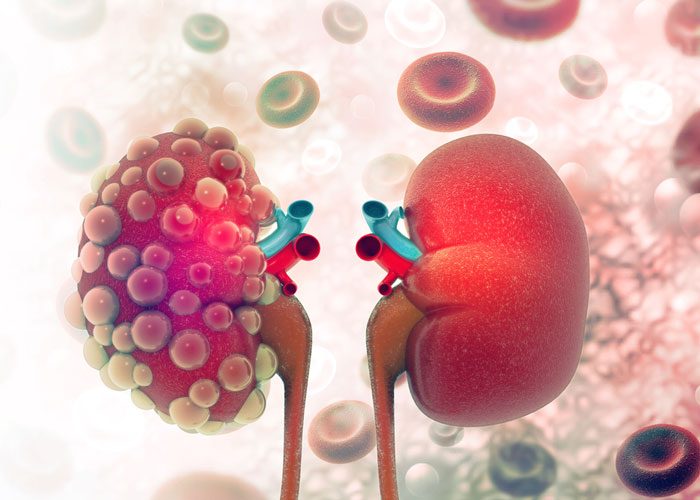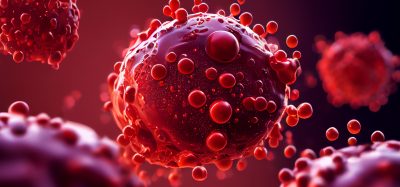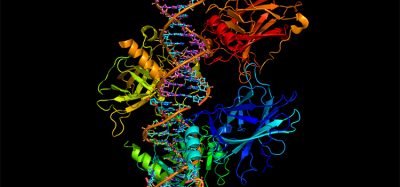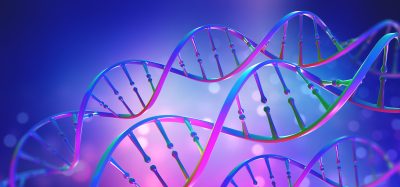How the DA subtype of Wilms tumour resists chemotherapy
Posted: 5 February 2024 | Drug Target Review | No comments yet
Researchers suggest that DA histology slowly emerges by accumulating burdens of DNA damage and copy number aberrations.

The reason for why the diffuse anaplasia (DA) subtype of Wilms tumour (WT) resists chemotherapy has been elucidated by an international team of scientists, led by Nagoya University in Japan. This subtype grows even when it has a high burden of DNA damage and increases the mutation rate of tumour protein 53 (TP53), a gene that plays an essential role in the regulation of cell growth and division.
Also known as nephroblastoma, WT is the most common childhood cancer originating in the kidney. The survival rate of adolescents affected by this disease is increasing, but five to 10 percent of WT patients are diagnosed with the DA subtype. Cells of the DA subtype have an unusual structure that results in rapid division that invades the surrounding tissue. Patients with this subtype frequently become much sicker and face difficult treatment because the tumour is often resistant to chemotherapy.
Kaname Uno, a PhD student in the Nagoya University Graduate School of Medicine and Lund University Joint Degree Program, led the group of researchers in their work to better understand the resistance of the DA subtype to chemotherapy. They compared areas of tumours with and without DA and discovered that, in response to chemotherapy, DA WT continued to grow even if it had a high burden of DNA damage and deletions of DNA segments, known as copy number aberrations (CNAs). Chemotherapy works by causing DNA damage, so the ability of the damaged tumour to grow may help explain its resistance to the treatment.
The team also investigated the TP53 gene, which produces a protein that stops the division of cells with damaged DNA. TP53 increases the development of cancer because tumours use altered DNA to create conditions that help their growth. It was discovered that 95 percent of areas that demonstrated high DA also had mutations in the TP53 gene, indicating that TP53 mutations could have a crucial part in driving DA WT proliferation.
However, even areas lacking DA had unusual features, as almost half of the non-DA areas had TP53 mutations, and one non-DA region grew despite having moderately high DNA damage. The researchers determined that even in areas lacking DA, selection pressure existed for mutation of the TP53 gene. As mutation of the TP53 is associated with the DA subtype, this could enable all these areas to become DA.
“This suggests that DA histology gradually emerges by accumulating burdens of DNA damage and CNAs. These conditions create selection pressures for TP53 mutations. When WT cells acquire TP53 mutation, they can grow under chemotherapy, even with a very high burden of DNA damage and CNAs,” Uno explained. These findings could provide DA subtype treatment strategies by disrupting their growth process.
This study is published in Modern Pathology.
Related topics
Cancer research, Chemotherapy, DNA, Protein
Related conditions
Cancer Research, Wilms' tumour
Related organisations
Nagoya University
Related people
Kaname Uno (Nagoya University)







